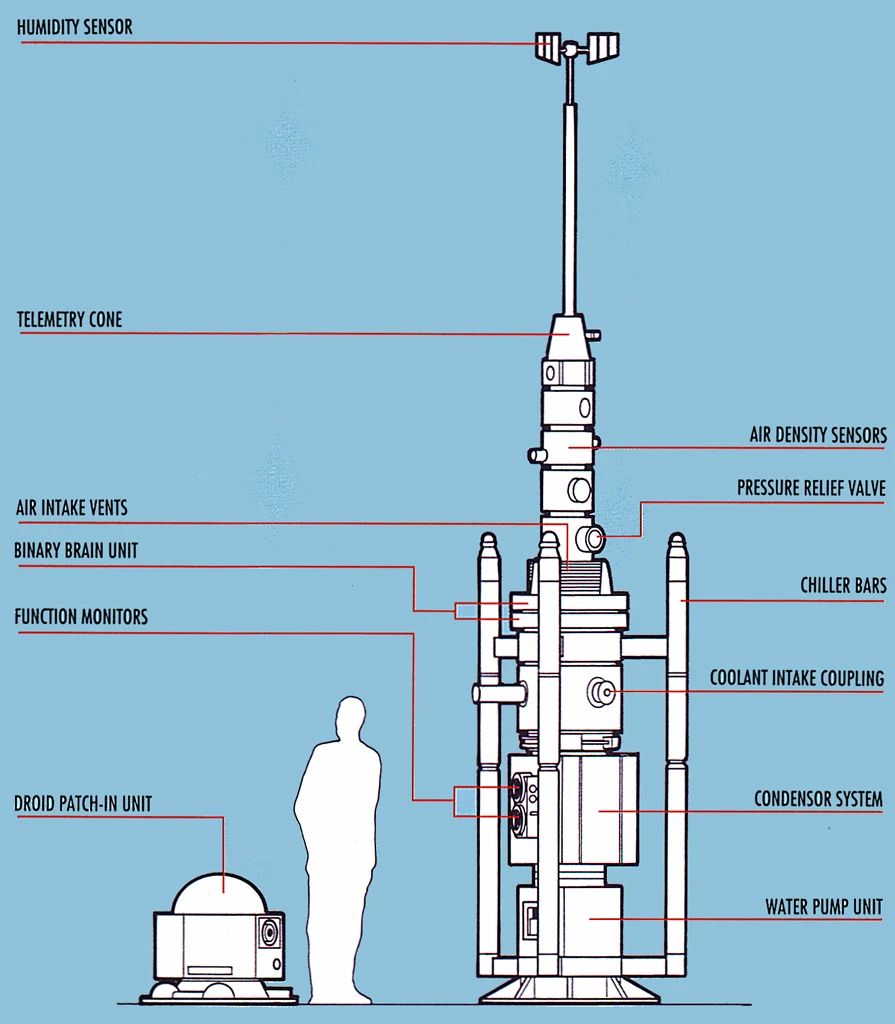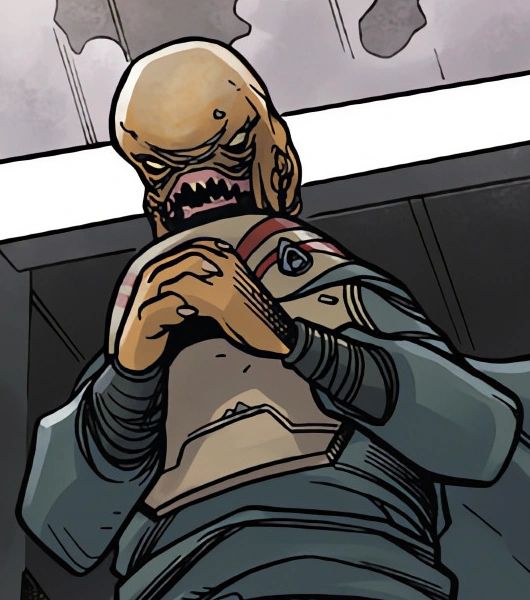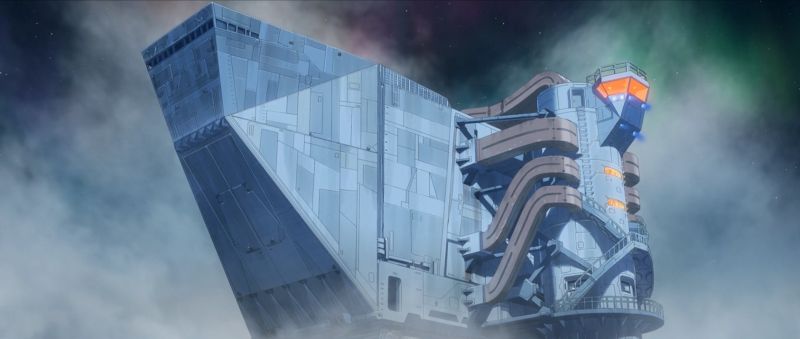 Name: Pretormin Environmental GX-8 Moisture Vaporator
Cost: 2,000 credits
Availability: 1
Game Notes: A device which distills water from the air, often used on very arid planets, optimally positioned at 250 meters from one another, each device could collect 1.5 liters of water from the air per day, even when the relative humidity was only 1.5 percent.
Description: The GX-8 Moisture Vaporator, also known as the GX-8 water vaporator, was a model of moisture vaporator manufactured by Pretormin Environmental. When optimally positioned at 250 meters from one another, each device could collect 1.5 liters (1.5 quarts) of water from the air per day, even when the relative humidity was only 1.5 percent. The GX-8 was commonly used on the desert planet of Tatooine.
Characteristics
The vaporator was a cylindrical piece of equipment that was three to five meters tall and used a low power ion field and cooling bars to cool the air near the two. When water condensed out of the chilled air, it collected on the chilling bars and was filtered and funneled into a collection unit in the heart of the unit. Then, the collected water was purified and sent to an underground storage unit. This vaporator utilized simple sensors and a basic computer to maintain peak performance. The GX-8 featured adjustable ion field intensity and cooling bar temperature. Like other vaporators, the GX-8 was fairly self-sufficient, requiring few power cells due to solar panels that recharged the energy cells. Components of the GX-8 included a humidity sensor, chiller bars, telemetry core, air density sensors, water pump unit, function monitors, and typically, a small ring of ground around the vaporator known as the "mushroom patch" where Tatooine mushrooms were known to grow.
However, these vaporators were difficult to hide from vagrant scavengers, Tusken Raiders, and Jawas. They were also susceptible to damage from sand clogging the sensors, lubricants, and refrigeration elements. Also, their simple computer required a droid to translate its binary language. In many cases they were white or a light color most likely because light colors don't attract heat to keep the water from evaporating again.
|











